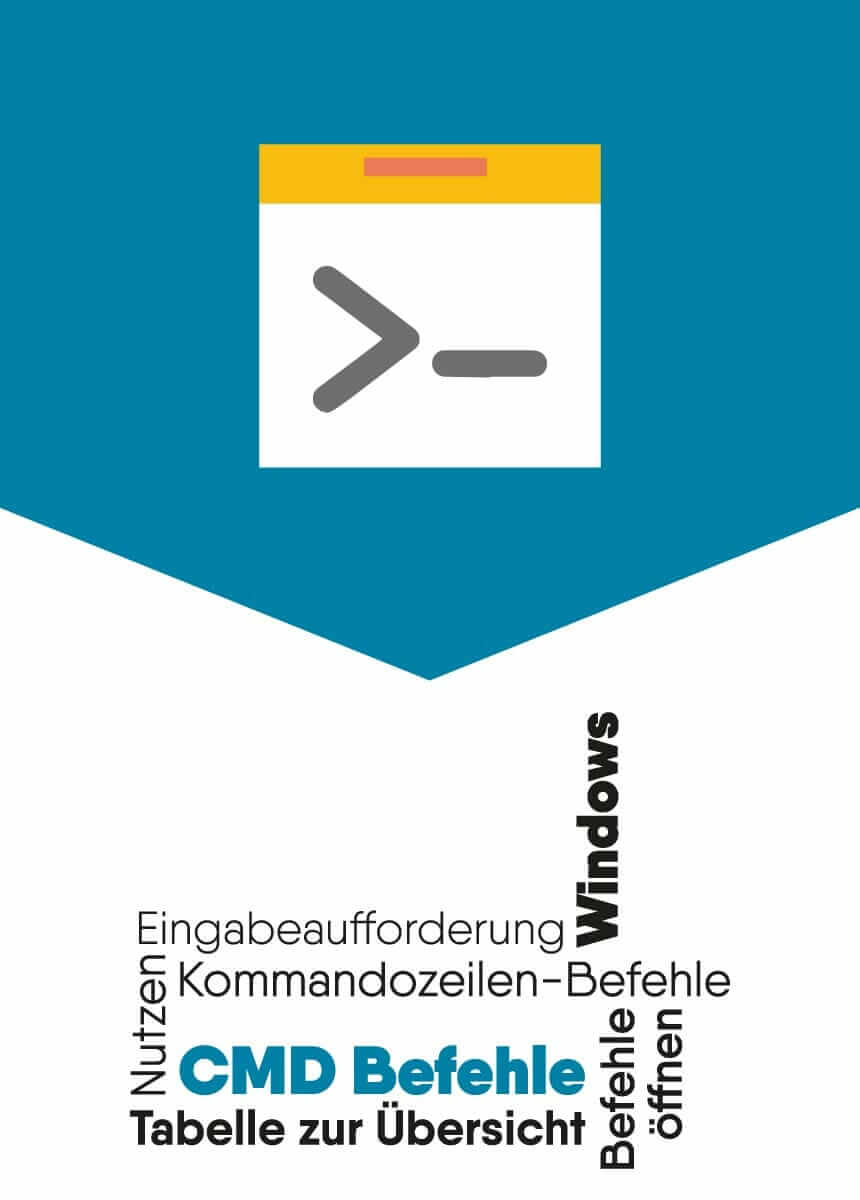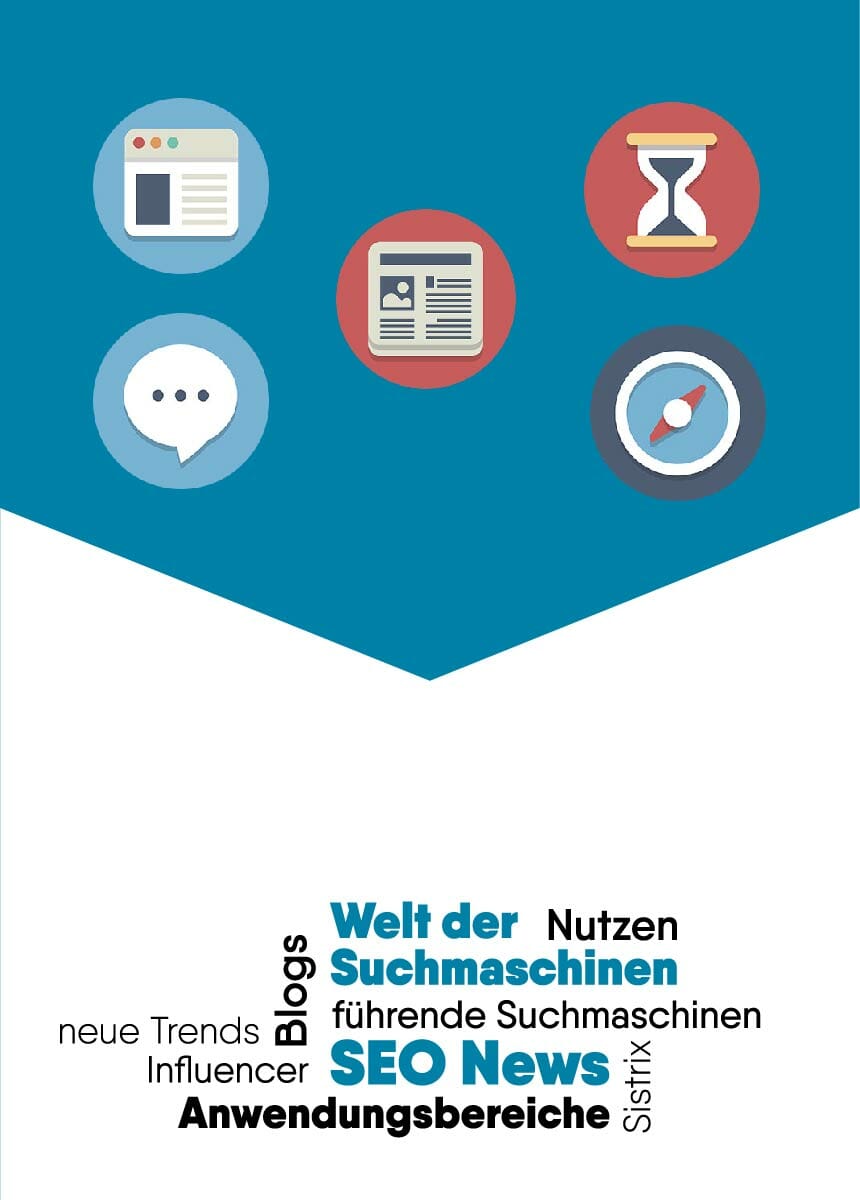Our comprehensive guide is designed to help you find answers to all the burning questions about a successful online marketing strategy. In the coming months, we will be adding a new article every other week, which you should not miss!
This time, we will deal with the question why a professional corporate identity is essential.
Only with a suitable Corporate Identity companies can use their potential optimally. We show you what really matters.
How to gain the trust of your customers with a professional corporate identity
As so often in life, it can be the little things in your business that make the difference between a successful sale and losing a potential customer. Consumers as well as business partners are more demanding today than ever before: Probably hardly anyone does not inform himself comprehensively before deciding on the choice of a provider or cooperation partner. However, as a result of the ongoing social acceleration combined with an abundance of offers, an interesting paradox has arisen: The decision for or against a provider has to be both carefully considered and taken within a very short time. Accordingly, the first impression of the logo, the language or the design of the website often counts more than the actual quality of the product, in order not to be sorted out in the pre-selection. Because all the many small things together make up what your company stands for and what it is perceived as; or in other words, all these things make up your unique corporate identity, which can also make the decisive difference between a solidly operating company and a successful professional enterprise.
In the following we will show you which factors you need to consider in order to be able to convince with your corporate identity alone.
No chance for faceless companies
Coca Cola, Apple, BMW or Disney; all of the companies mentioned have one crucial thing in common: as soon as the companies in question are addressed, we do not only think of their products, but rather of the brand as a whole. In the case of Apple, probably the positive example of the relevance of a suitable corporate identity as a central success factor, for example their famous logo in the shape of an apple, clear shapes, bright colours, high-quality products and a minimalist, modern design. In order to maintain this image, Apple strictly ensures that all corporate bodies, locations and partners communicate the defined criteria to the outside world in a uniform manner. This includes aspects such as the correct use of the logo, the appropriate language, the behaviour of the employees or the correct depiction of the products.
The reason for this is simple and consists of the fact that the creation and maintenance of a comprehensive corporate identity ensures a professional appearance, through which trust, distinctiveness as well as willingness to buy and cooperate can be generated. If, on the other hand, aspects such as the use of logos, a uniform design of advertising materials or a language appropriate to the target group are abandoned, one not only appears negligent but, in the worst case, also interchangeable and not memorable. After all, there are countless competitors on the market who provide a comparable range of products at comparable prices. What counts in the selection process is accordingly often not only the quality or the cost of the product, but above all the image and presentation of the companies, which represent more than mere producers, service providers or sellers. Rather, they function as social systems, which are subject to the continuous and comprehensive evaluation of people; in other words, they are constantly assessed in terms of factors such as their appearance, behaviour, presentation, “character” or similar aspects.
But what exactly does corporate identity actually mean apart from the keywords mentioned so far? In a general sense, it means the creation of an individual identity as well as a publicly effective image that symbolizes the self-conception with regard to the services and maxims of the company. To achieve this, a modern corporate identity has three instruments at its disposal: Corporate Design, Corporate Communication and Corporate Behaviour, which communicate the trained corporate culture to the outside world.
Corporate Communication
Corporate communications encompasses all communicative means by which a company can present itself and its products and services to its target groups. Accordingly, it attempts to influence the perception of the desired corporate identity both internally and externally in order to support branding and promote sales. Established instruments of corporate communication are classical and digital PR work, direct communication, advertising or sponsoring. Corporate communication is an indispensable means of keeping your stakeholders informed of all relevant news. Relevant quality criteria include an individual touch, a creative yet professional communication style and understandable language.
Corporate Behaviour
Corporate Behavior encompasses the behavior of a company towards customers, the public and employees. The defined values, standards and mission statements of the company are bundled through appropriate behaviour towards external and internal stakeholders. This includes aspects such as principles of cooperation, the management and advertising style or the pricing policy. Stringency can be used to establish the credibility of the chosen identity and thus ultimately improve the image. By contrast, companies that show a large discrepancy run the risk of a lack of trust and criticism; for example, companies in the sustainability sector that neglect social sustainability.
Corporate Design
Often equated with the corporate identity, the Corporate Design refers to the visual implementation of the corporate identity in the form of logo, colours, fonts and related factors on packaging, business cards, brochures, correspondence, sales locations or your own website. A uniform design concept makes invisible values and positions of a company visible and tangible in the long term and enables your target group to identify with your appearance and the identity behind it in the shortest possible time and without many words. Every possible contact point must follow the visual rules of the company in order to achieve the desired effect. A missing logo, different appearances of advertising material or a visually outdated website, on the other hand, appear unprofessional and inhibit possible contact.
On the other hand, high-quality and memorable designs help a company to be recognized even outside its name and the right context; we remember, for example, the unmistakable logos or design concepts of McDonalds, Nike or Mercedes, which stand for a whole life style. The important thing here is that you develop a harmonious overall concept that makes you look respectable and will be remembered. If possible, all means and channels of communication should follow a uniform design: be it social media platforms such as Twitter, Facebook, Xing, LinkedIn, Google + and Co, print materials such as brochures, flyers, business cards, offers, invoices or e-mail footers, or even your own website. All of the aforementioned means represent your company and should therefore not be neglected in terms of design, language or content, and should follow uniform rules that immediately tell your interaction partners who they are currently in contact with.
What it depends on and what not
A lack of corporate identity is not meaningful in the first instance with regard to the offer, but it tells the potential customer a lot about the company itself and can ultimately be transferred to the products and services: the company does not pay attention to its presentation, has no character, lacks commitment or simply does not have the time or the means to properly complete tasks that are actually necessary. But a poorly executed corporate identity can also have a negative effect on the perception of the company. Above all, a missing or insufficiently considered corporate design can quickly turn a potential customer into a lost customer: missing logos or an inadequate uniformity not only appear dubious and unprofessional, but also lead to the fact that your company has no face, does not appear trustworthy and potential partners are deterred or do not even notice them.
The development of a suitable corporate identity is therefore a top priority even for small companies, where no time and money should be saved.
Among the questions that every company should ask itself at the beginning are
- Who are we and what do we do?
- What do we stand for?
- Have we already formed an identity and if so, which one?
- How do we want to be perceived?
- How do we address our target group within this framework?
- How do we communicate/implement our identity?
- How can we keep it permanently and on all channels?
The result must be a uniform, target group-specific and all-encompassing profile in word, writing and image, which appears professional and unique in its entirety.
Individual factors such as the colour of the logo, on the other hand, certainly play a certain role in the subconscious evaluation of your company; in contrast to the analyses in psychological or economic textbooks of recent decades, however, relevant aspects must not be overemphasised in practice. While some large corporations are identifiable simply by their striking colour scheme, and in certain industries colours can be associated with certain associations, whether your logo is burgundy or carmine red will not really have a significant impact on how your company is perceived as attractive. More importantly, they must demonstrate creativity, coherence, professionalism and character as a whole in order to optimally address your target group. Individual colour or shape preferences, on the other hand, appear far too individual to be able to derive general statements about the effect. It only becomes critical if you cause irritation or contradict the established design rules. An example of this is a logo of a manufacturer who specializes in a purely male target group, but who, on the other hand, uses more “feminine” colors such as soft pink tones.
A good corporate identity is not an easy undertaking
However, establishing and maintaining the desired corporate identity is a challenging task that can only be accomplished successfully if all parties involved can really understand, capture and communicate the corporate identity. Especially many small and medium-sized companies often fail because of these criteria.
For example, a study carried out in 2004 came to the conclusion that in 73.9 of the cases the lack of specialist knowledge of internal users makes the successful implementation of a corporate design more difficult. Consequently, the lack of ability to independently create media that comply with the established design guidelines, combined with a lack of understanding of the benefits of corporate design and the dominance of personal interests, leads to unsatisfactory results. This is where professional agencies specialising in this area can help.
It should be noted that a suitable corporate identity and, in particular, a professionally created corporate design as the representative “face” of your company are indispensable components of any marketing strategy.









Comments